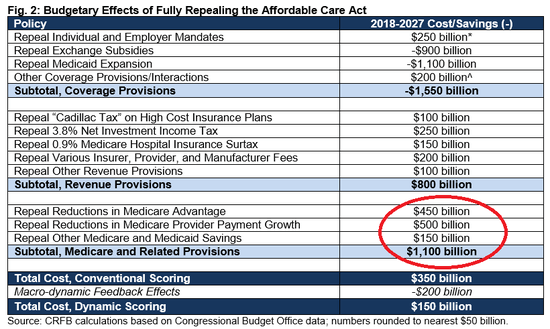

The increase would reach about 50 percent in 2020, and premiums would about double by 2026. Average premiums in the nongroup market (for individual policies purchased through the marketplaces or directly from insurers) would increase by roughly 25 percent-relative to projections under current law-in 2018.That number would increase to 27 million in 2020, after the elimination of the ACA’s expansion of eligibility for Medicaid and the elimination of subsidies for insurance purchased through the marketplaces established by the ACA, and then to 32 million in 2026.

The number of people who are uninsured would increase by 17 million in 2018, compared with the number under current law.According to the agencies’ analysis, enacting the legislation would decrease deficits by $473 billion over the 2017-2026 period (see figure below).ĬBO and JCT estimate that enacting the legislation would affect insurance coverage and premiums primarily in these ways: 1628, which would repeal many provisions of the Affordable Care Act (ACA). An Amendment in the Nature of a Substitute as Posted on the Website of the Senate Committee on the Budget on July 19, 2017ĬBO and the staff of the Joint Committee on Taxation (JCT) have completed an estimate of the direct spending and revenue effects of the Obamacare Repeal Reconciliation Act of 2017, an amendment in the nature of a substitute to H.R.


 0 kommentar(er)
0 kommentar(er)
